
A belated, centuries-old “Eureka!” Finally, I came to realize that my long-running emotional condition, bequeathed to me from my matrilineal generations and entrenched in my non-kin families (women, women without a uterus, bisexuals, asexuals, Uranians, boylikes, kidlikes, differently colored, differently abled, transitioning ones, precarious ones, etc.), has a name. Unfaltering psychological nomenclature has scientifically validated that we have, what Greeks called, phobos (fear) of chairo (rejoice); in other words, an aversion to happiness. Yes, we have cherophobia, my friends, and it is a designerly diagnosis.
This explains many things, including those stifling, clammy feelings that something bad will be destined to happen if we enjoy ourselves to the fullest, and that we should instead avoid the euphoria of life to forestall its consequential tragedies. As a willful tomboy, I confirmed this reasoning of “disasters follow good fortune” early enough, every time I found a jolly moment and burst into juvenile laughter, despite my grandmother’s warnings “laughter brings tears!”; a motto that proved to be true in her own household and homeland. This learned-by-experience caution to happiness was only escalated by adolescence and adulthood—and by my mother’s apparent clairvoyance. Moving across different generations, geographies and bodies, it then transformed into a larger political fatalism, with the vindication that each joy coming after a victory brings a calamity.
“Our phobos primarily lies behind the belief that we are not entitled to feel happy—let alone stay in that happiness—since the anxiety of its immediate loss and its imminent ramifications outweigh that very brief moment.”
Before we get to relish the decriminalization of abortion somewhere, yet another femicide or hate crime transpires elsewhere; while we celebrate the collective exposure of institutionalized persecutions on one hand, another mass incarceration of dissident bodies takes place on the other; border-crossings are overshadowed by police shootings; solidarity is ruptured by coloniality; the aftermath of one’s gained visibility is the others’ swelling precarity… and so on, ad infinitum. Within the cycle of these gruelling events, our phobos primarily lies behind the belief that we are not entitled to feel happy—let alone stay in that happiness—since the anxiety of its immediate loss and its imminent ramifications outweigh that very brief moment. This disquieted wariness is, moreover, oftentimes blended with the feeling of guilt. Those who reject the westernized idea of happiness as an ultimate life goal which can be achieved through individual joy and privatized prosperity—and who seek happiness in collective well-being, relational good and accountability—tend to feel this guilt as a refusal of self-interest, especially in times of concentrated sufferings of the multitude.
Besides, we also have insurgent motives for our cherophobia, emanated from our rejection, repulsion and reaction to the happiness preordained by colonial heteropatriarchy, which keeps fixing or punishing those who deviate from the drawn boundaries—or from “well-trodden paths” as feminist “killjoy” Sara Ahmed puts it in her 2019 book What’s the Use?—that set up the rules of this monolithic happy life. It is a kind of happiness that has been propagated by design practices since the early industrialization era, with the promise that the proliferation of functionalist, formalist and consumerist ideals bring ease, comfort, pleasure and wealth—at the expense of those whose bodies have been used as raw materials once in plantations, then in assembly lines, and now in landfills.
“The promise of happiness is [...] the promise of the future; a future that is directed to techno-utopianism, guaranteed by insurance firms and built on the bones of women, queers, people of color, the impoverished, the colonized, and the othered others.”
Colours, textures, words, forms, and uses have since delineated what is a happy life for the masses, by deeming “misfitting” ones unworthy and unhappy. Design, from its products and spaces to visual and virtual communications, has been wielded to assure that happiness means living in the “straight time”; that is, according to queer theorist Jack Halberstam, a linear temporality in which birth is followed by gendered adolescence, heterosexual and monogamous marriage, procreation, job security, landlordism and palliative death. This normatively designed time or “chrononormativity” as scholar Elizabeth Freeman calls it in her 2010 book Time Binds, is further underpinned by neoliberal demands of success, swiftness, maximum productivity, efficacy, endurance, anti-aging, anti-weakness; taking advantage of the present and living for the “future.” The promise of happiness is, then, the promise of the future; a future that is directed to techno-utopianism, guaranteed by insurance firms and built on the bones of women, queers, people of color, the impoverished, the colonized, and the othered others.
On the other hand, like everything else, struggles of these bodies are also appropriated by mainstream culture with the illusion that we share the same future. Today, we witness fashion industries using pink-washing and queer-baiting tactics while continuing to exploit gendered and child labor elsewhere; chain stores selling “I am a feminist” t-shirts; and rainbow flags posed by models of color; once-marginalized artists now being sponsored by multinational corporations; educational institutions heralding the terms decolonization and intersectionality while sustaining their discriminatory substructures; magazines equating the visibility of sexual, racial and gender minorities with the end of their discrimination; and lands under apartheid regimes becoming creative domains for designer projects. Alongside all of this, in the meantime, all of them imply that “a happy future lies ahead of us” and “it is up to us to partake in it.”
These shiny façades, however, cannot eliminate the feminist rage, queer negativity and subaltern cherophobia because we know that the foundations of “one common future” were destroyed a long time ago, and the ruins and scars they caused have yet to be fully recuperated. This is why, as a counteraction, some artists and designers opt to dig into these ruins not only to find out what was lost and stolen, but also to lay many new foundations for miscellaneous micro-futures that exist right here and right now, for a form of happiness that is not predestined by the sovereign. They create futures by existing in the present fuelled by the ongoing discoveries of untold histories.
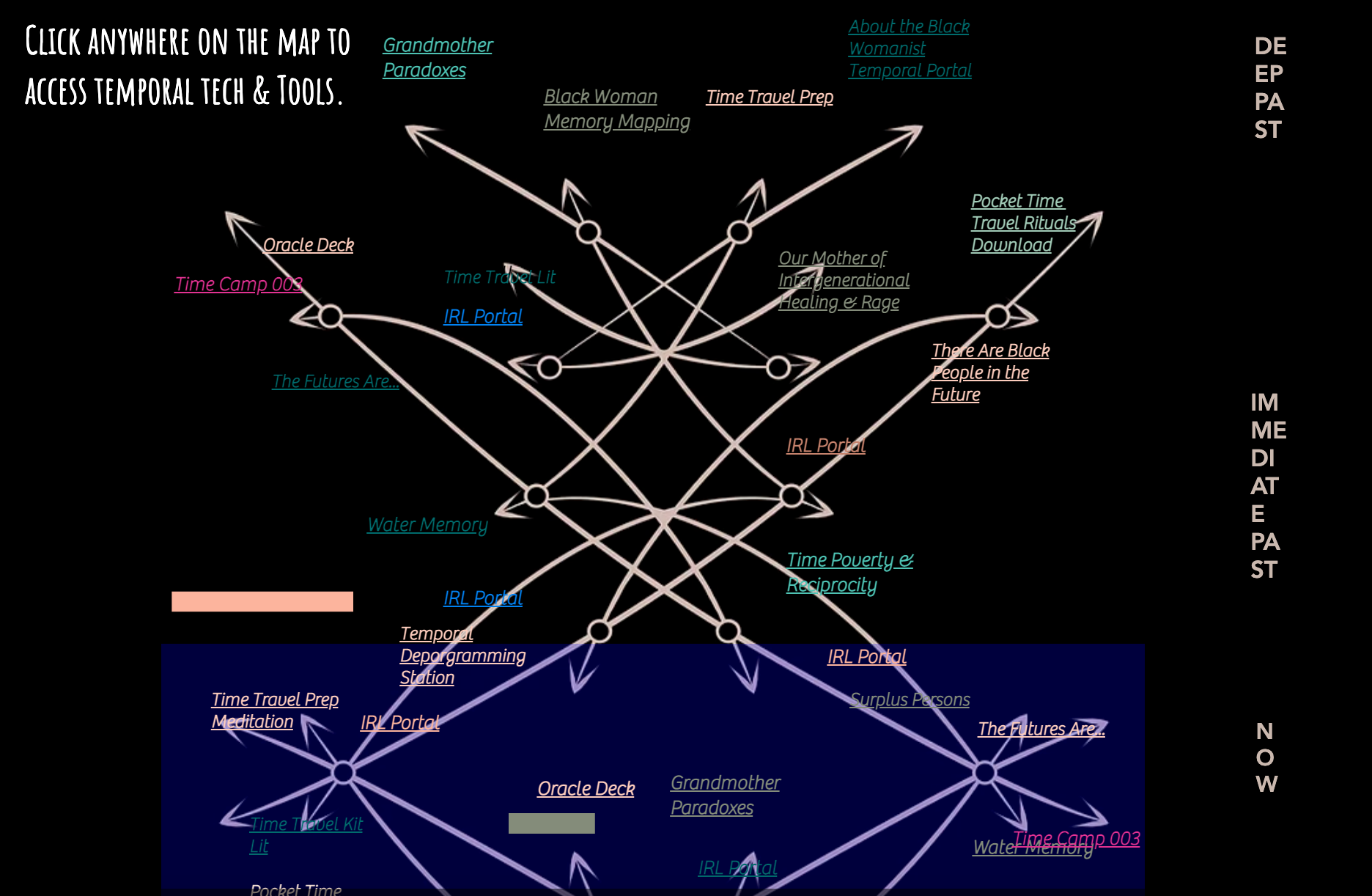
To name some, Black Women Temporal Portal (2018-ongoing) by Black Quantum Futurism (Rasheedah Phillips and Camae Ayewa), is one of the most elaborate sculptural and archival works on the issue that challenges normative conceptions of white hetero-cisnormative linear temporality. It is a form of map/tapestry/toolkit linking ancestral Black/African diasporic time-space traditions with quantum futures, and speculative fiction with historical and contemporary occurrences, by the use of sonic, visual, virtual and literary tools. In their work, they do not promise a goodness depicted by futuristic technocracy, but offer other emotional confrontations and mental exercises to understand and transform the complex experiences of women, femmes and non-binary folks of color. On another front, in her work Stereotypography (2016), South Korean graphic designer Jihee Lee addresses the reproduction of stereotypes around Asian people and women in the West, by using typography, graphic representation and linguistic imagery, while her I am Angry (2016-2018) project co-created with So Jin Park collects the moments of micro-aggression, discrimination and racism against Asian-looking people in Western countries, through open-source narratives, diagrams and visualized texts as transtemporal witnesses of gendered and cultural bias. In the meantime, while Nontsikelelo Mutiti’s collaborative and experimental publishing project Braiding Braiding (2015) brings forward African women’s shared experiences in hair-braiding appointments as an empowering process by means of multimedia research and production methods, Lucas Larochelle’s community-generated project Queering the Map (2017-ongoing) archives spatiotemporal experiences of queer bodies in a myriad of locations by recollecting unforgotten histories, shaping the present and informing new generations with possible future uses of these spaces. Additionally, there are online repositories such as Johanna Ehde’s (Post)Menopausal Graphic Design Strategies (2019-ongoing) which addresses social stigma around menopause, sexist ageism and biased women’s health with theoretical and visual input; and interactive speculative projects such as The Institute of Queer Ecology’s H.O.R.I.Z.O.N (2021), a simulation for creating queer digital communes in extratemporal flora and fauna, and Nahee Kim’s Daddy Residency (2021) which provocatively and humorously matches sex-coded algorithms with sexual and partnering behaviors towards new forms of intimacy. These examples, among many emerging others, do not ignore “future” or “happiness” or “the unknown.” Instead, they approach technocratic visions for a common well-being cautiously, and write a history of the future with sometimes forgotten and sometimes newly invented languages.
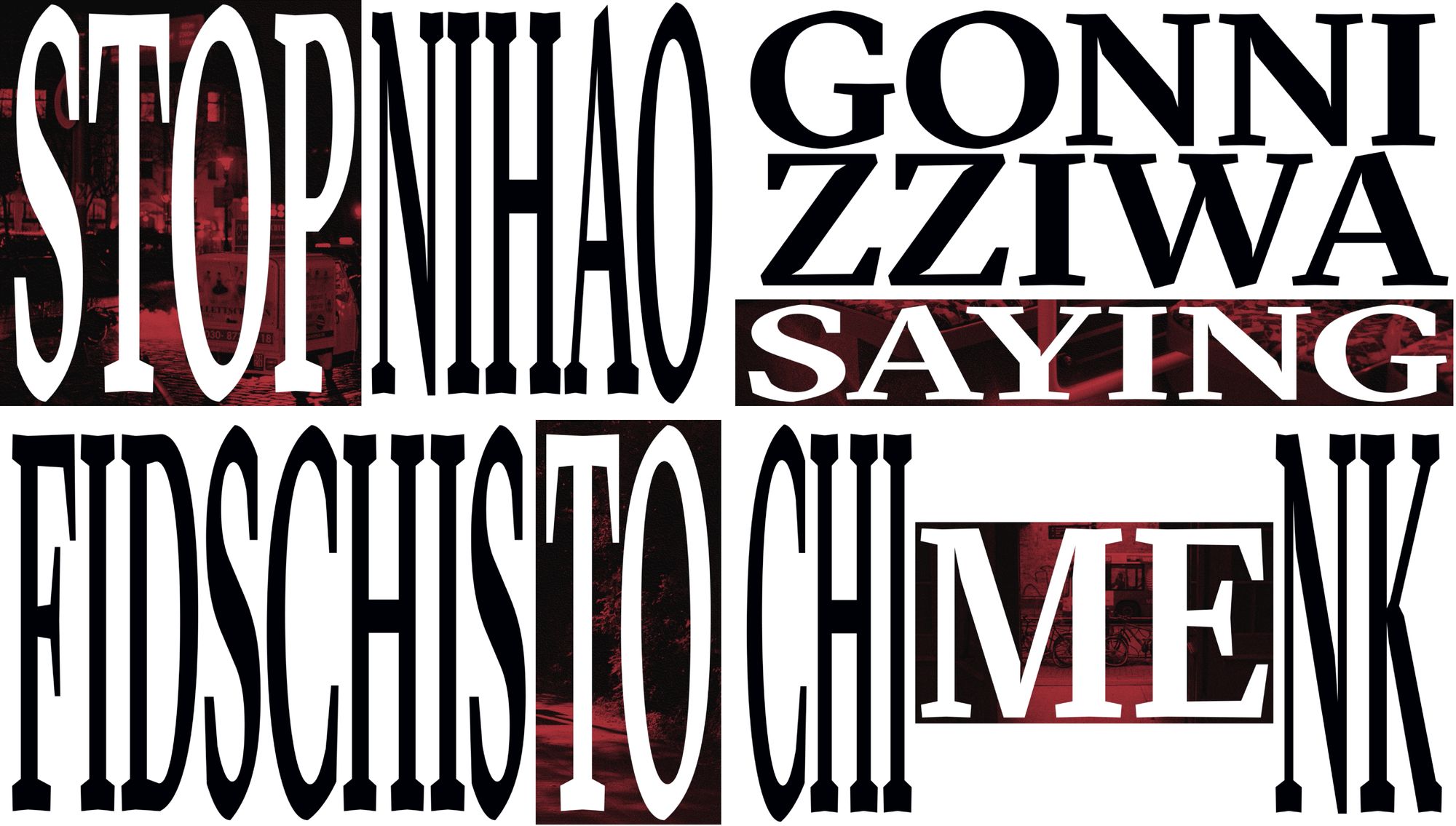
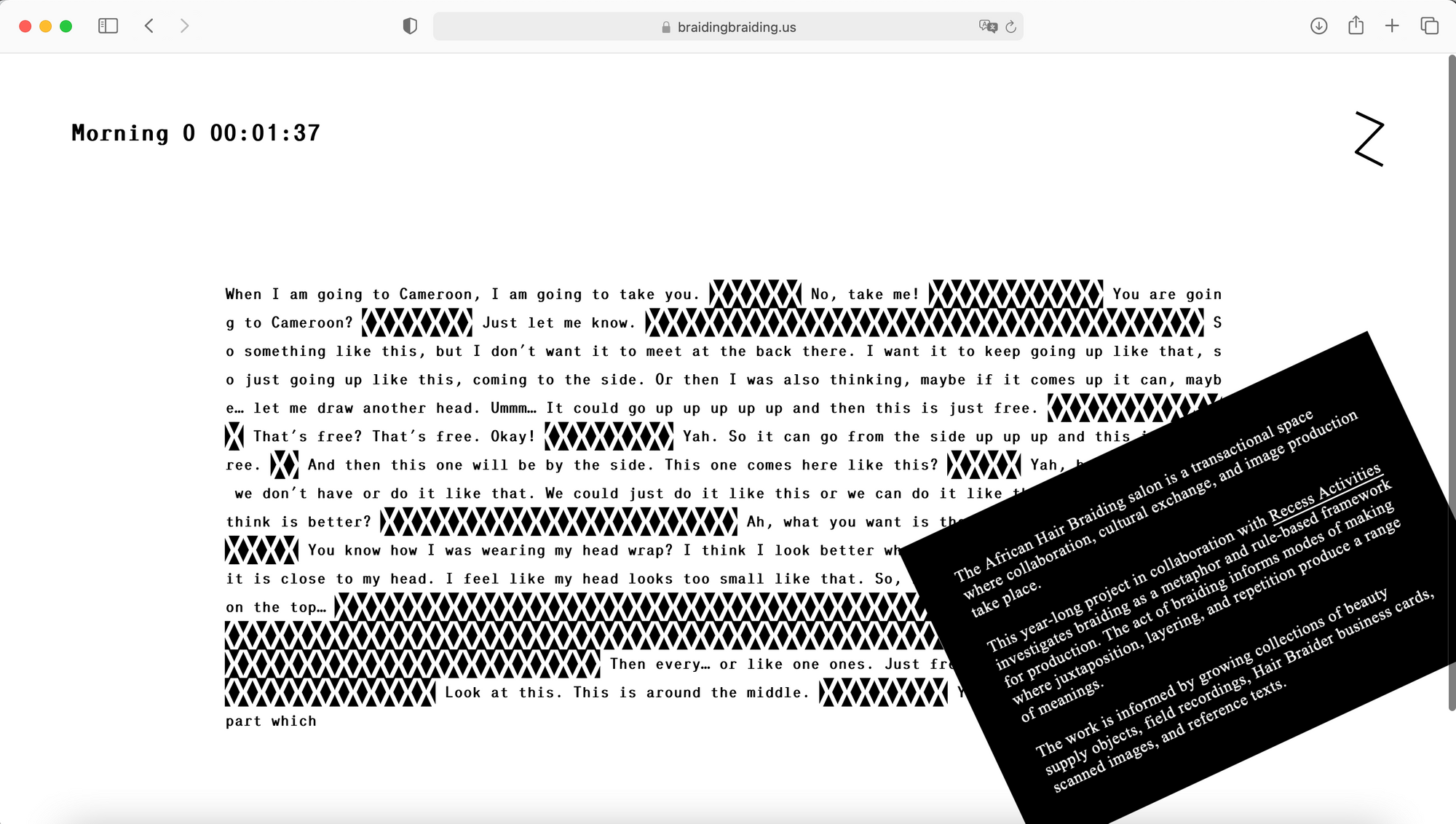
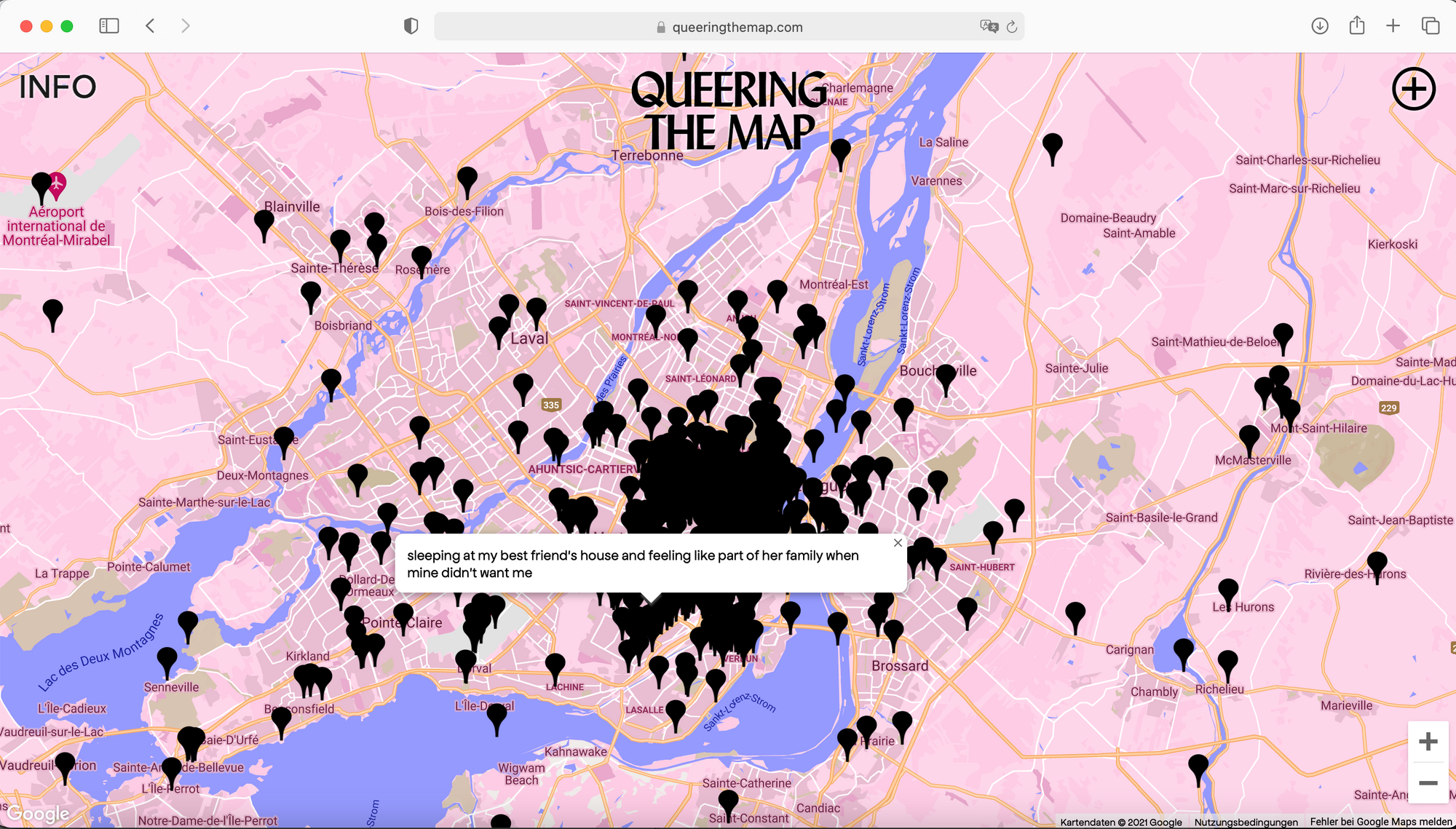
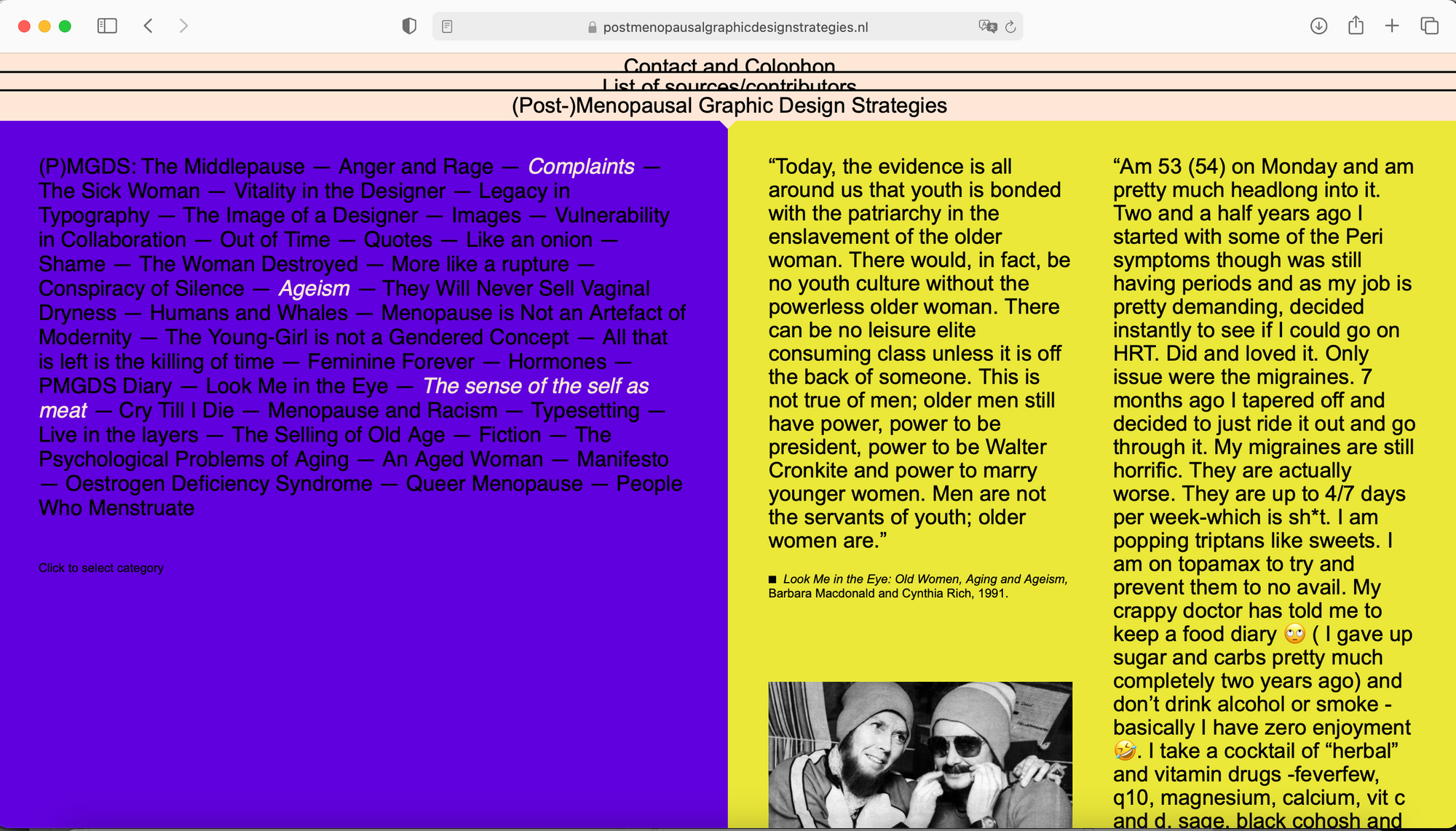

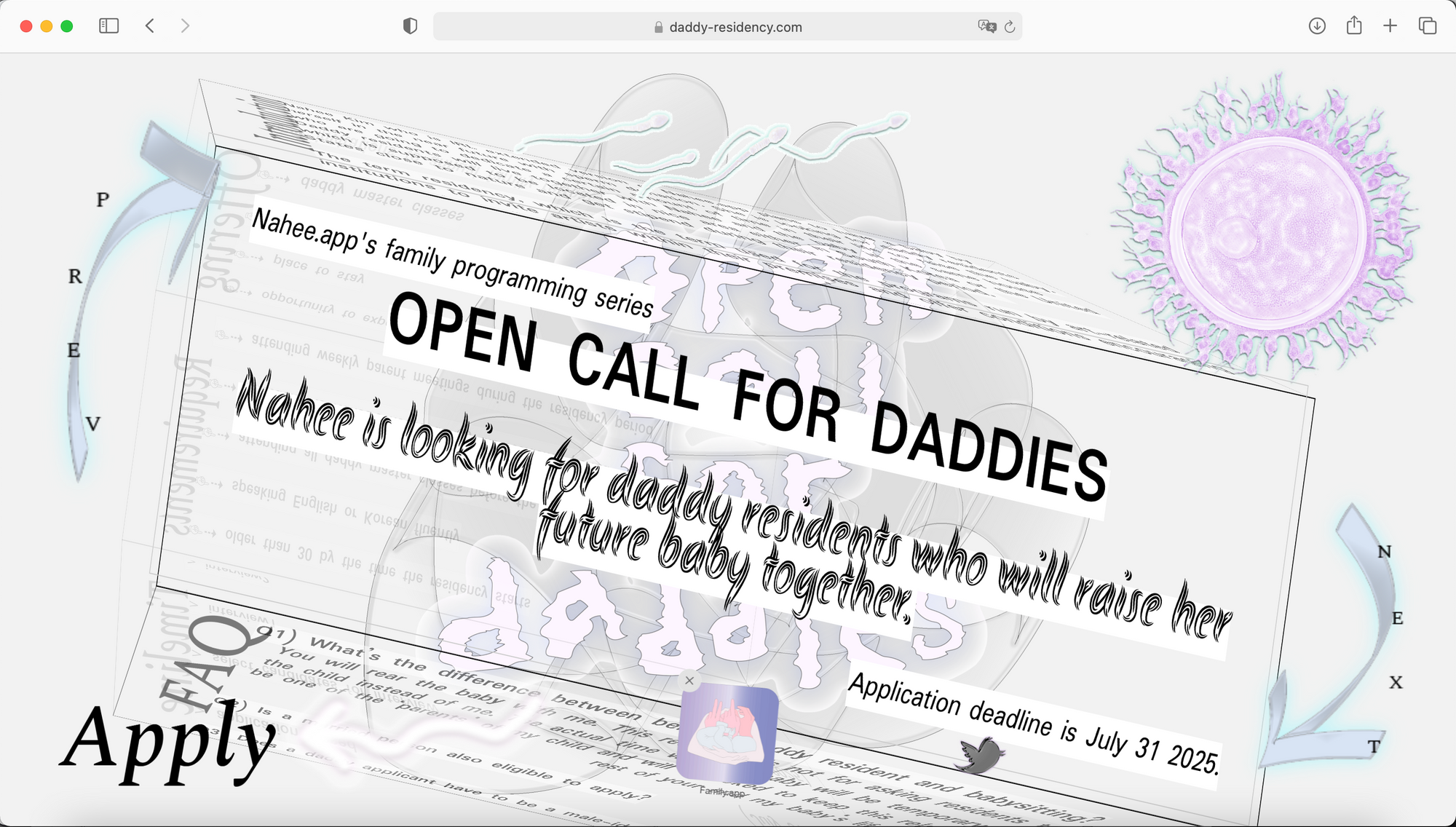
Such endeavors underscore something important: a cherophobe is not a sad, cynical or inert person; but a person with a distance to grand affirmative narratives precisely because their own “happiness” is conditioned, hypothecated and affected. Also, like some other socially induced fears, cherophobia is contagious. It permeates first through our veins, then into the lives of our comrades; yet, it does not mean to be doomed. Happiness, even if in the tiniest moments, is possible by being wayward which, as writer Saidiya Hartman defines it in her 2019 book Wayward Lives, Beautiful Experiments, is “the directionless search for a free territory” and “a beautiful experiment in how-to-live.” It is to drift away from that well-trodden path in search of other directions that are not drawn, other histories that are not written and other futures that are not predetermined. As Sara Ahmed aptly puts it, we should also seek for it in “haps”—the stem of the word happiness, which signifies luck, a chance occurrence, and a fortuitous incident. I invite, now, my artist, designer and thinker friends to start drawing a hap-py and non-linear line, touching upon pasts, futures and presents and traversing multiple bodies, spaces and histories in multiple times. It is a way towards our healing from cherophobia; and a seed for a blossom-to-be chairo.
* In the text, the pronoun “we/us” is used not to refer to one homogeneous identity, but to address as many bodies as possible sharing similar yet diverse experiences, while the term “westernized” indicates more of an epistemic positionality than a geographical one.
* The German translation of the text was first published in Missy Magazine 03/2021.
Ece Canlı is a design researcher, artist and musician; born and raised in Turkey, and now based in Portugal. She holds a Ph.D. in Design from University of Porto. Her academic work sits at the intersection of decolonial queer feminist epistemologies, material regimes and body politics, while her artistic and vocal practices explore liminal states of demonized bodies, counter-factual narrativity and extralinguistic expressions through extended vocal techniques. She is a founding member of Decolonising Design Group and currently a researcher at CECS (The Communication and Society Research Centre) at University of Minho, where she investigates socio-spatial, material and technological conditions of queer incarceration. In November 2020, she released her solo debut album Vox Flora, Vox Fauna, and continues to compose and perform both as a soloist and in collectives.
Title image: From a series of experimentations of how to visualize (queer) communities and relationships by Noemi Parisi
















